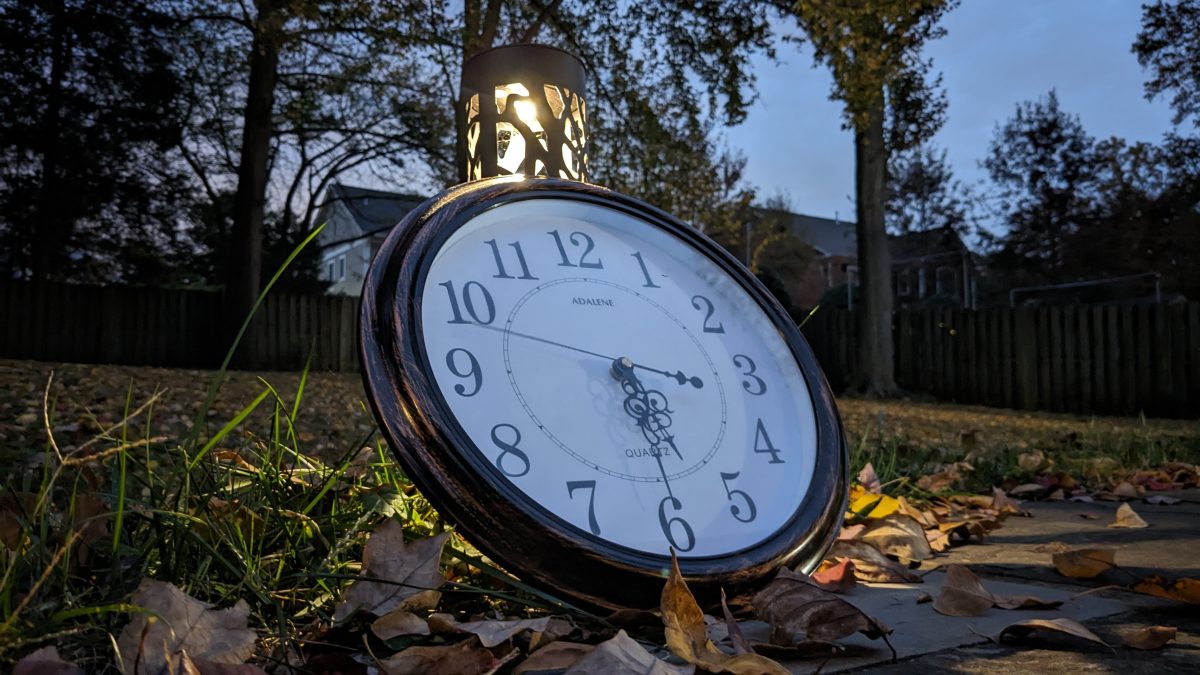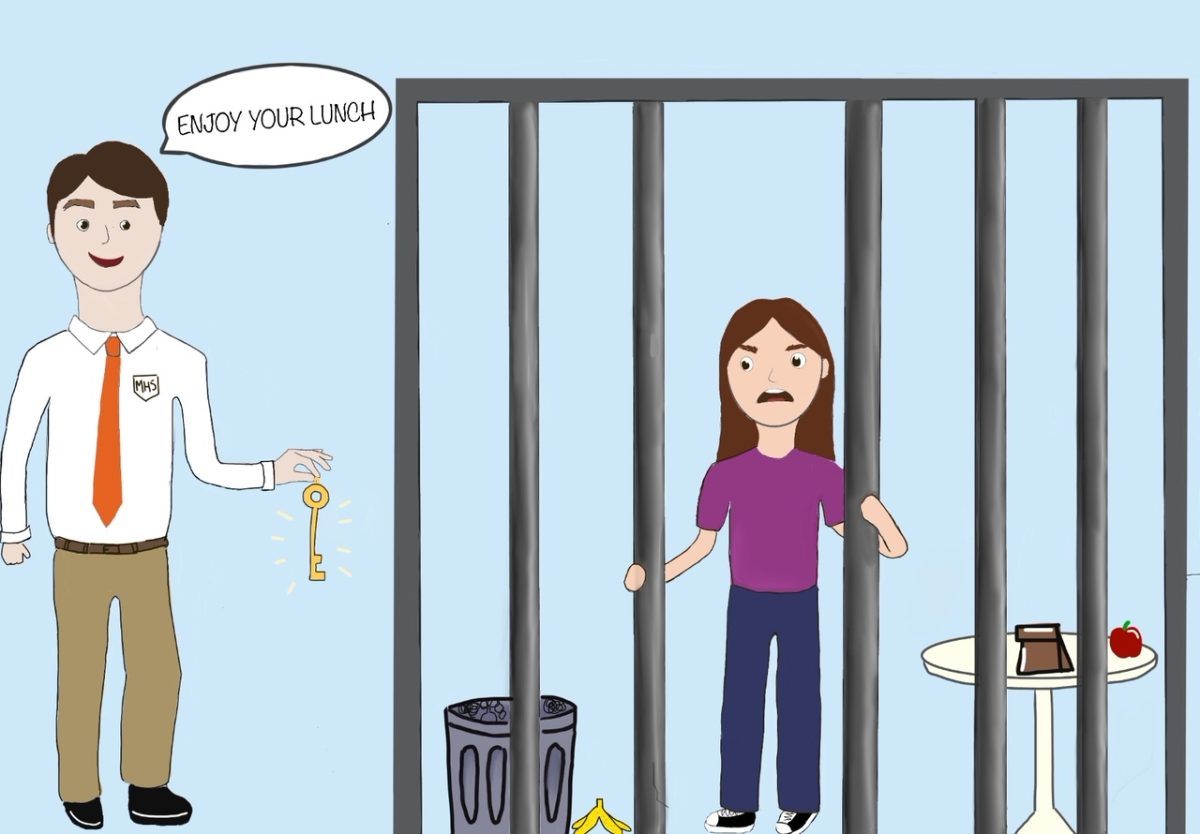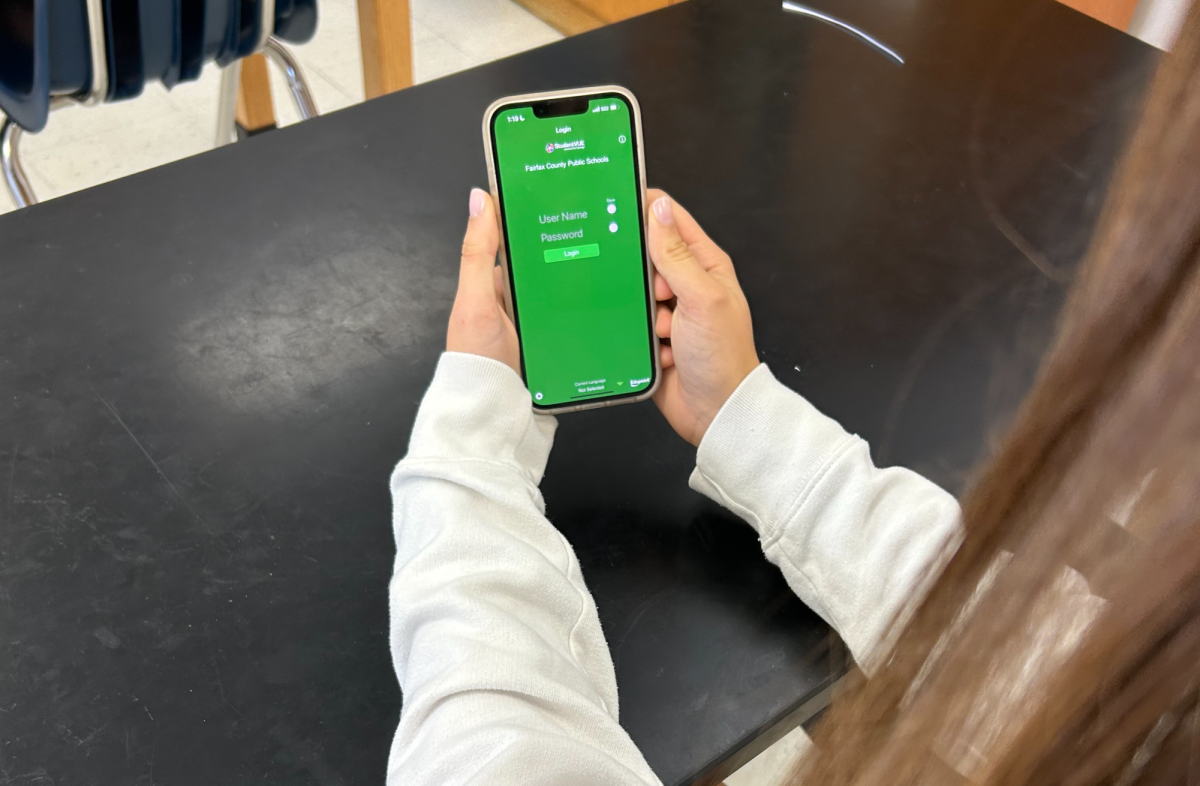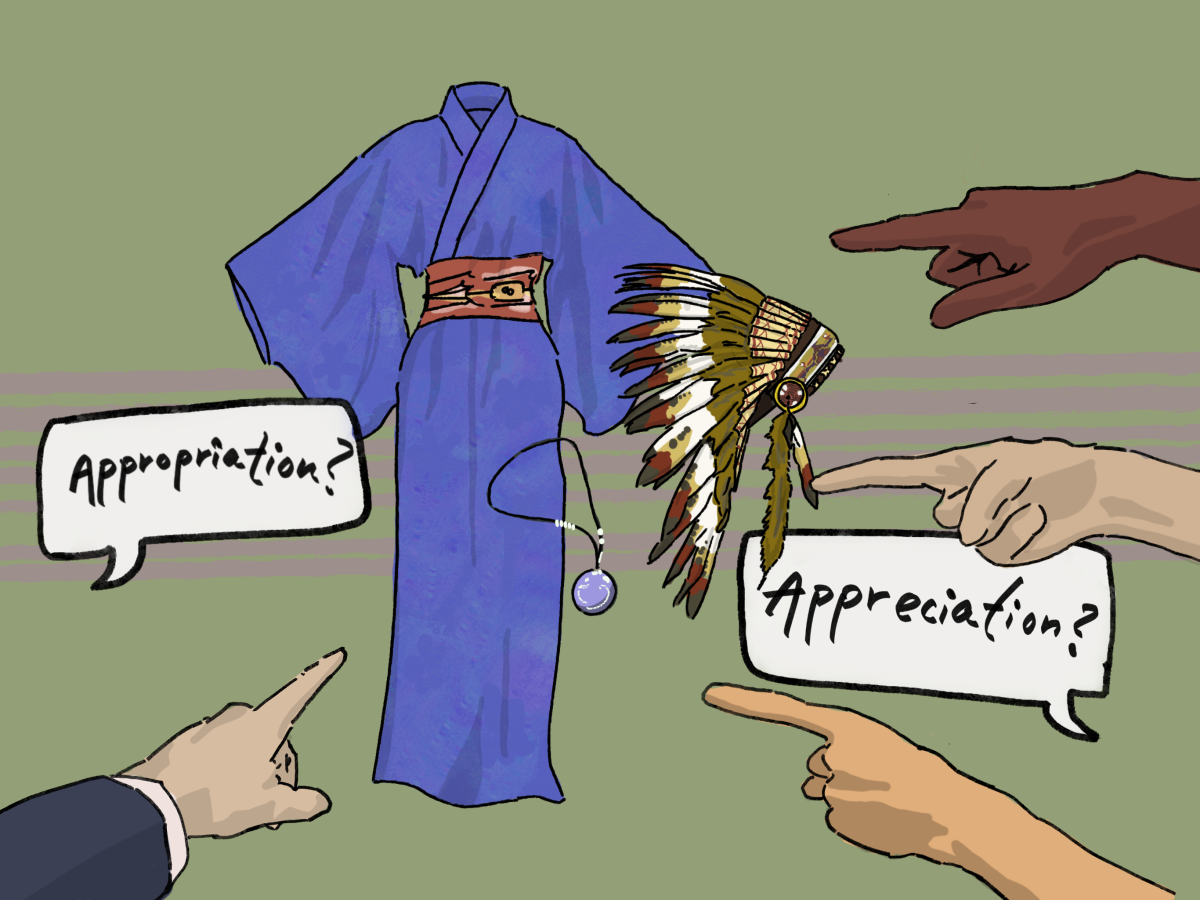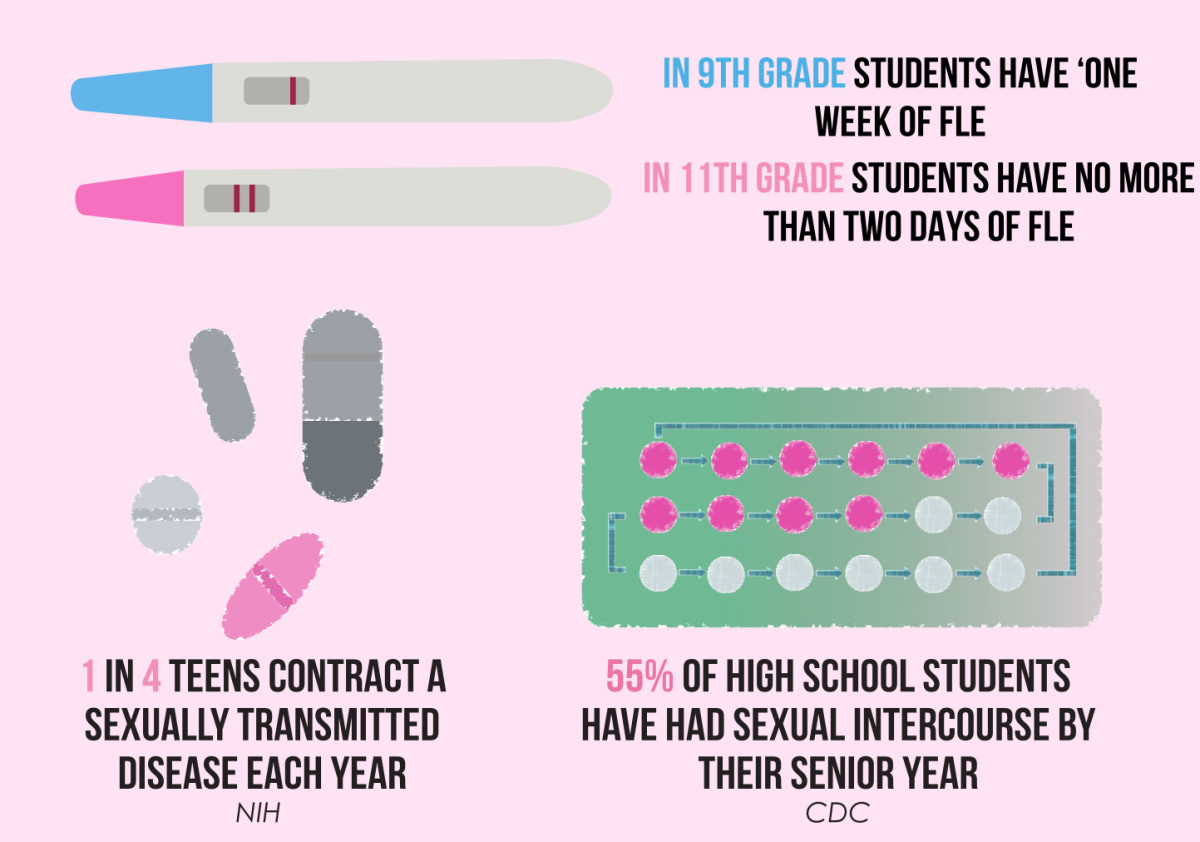On Nov. 5, Daylight Saving Time will end in an annual cycle unique to the U.S. and few other countries. Waking up and discovering that your sleep schedule has been upset by one hour can be quite a nightmare. Combined with the stress at school and the ever-growing burden of lengthy assignments, switching sleep schedules overnight would leave McLean in disarray. Unfortunately, this scenario is hardly fictional.
On Nov. 5 next week, Daylight Saving Time (DST) will end, and students will go to school one hour later than they would have the day before. Although this temporary increase in sleep may seem like a gift, DST is ultimately harmful and disruptive to the United States, especially to students.
DST was originally conceived by George Hudson, an entomologist from New Zealand, in order to increase the amount of daylight for him to pursue his leisurely hobby of golf and collecting insects. Unfortunately, these two activities are hardly the main concern of students in school who already suffer from a lack of sleep. Instead, DST simply worsens the agony that students experience.
The American Academy of Sleep Medicine found in a 2015 study that high school students experienced a significant decrease in their attention and slower reaction times in school in the transition to and from DST. The last thing that students need is another disruption to their sleep schedule amidst a mountain of assignments and extracurriculars.
This is especially troubling for students at McLean, since the next time DST starts, it will happen on Mar. 10, 2024, which is right around the time the third quarter ends. This means that students will suffer from a lack of sleep while also having to take a multitude of end-of-quarter tests, an effect that is sure to be exacerbated by the amount of time that students stay up late studying.
Outside of the classroom, DST could even have an impact on students who are going to and from school. A report published in Current Biology cited a 6% increase in fatal traffic accident risk in the US during the springtime time change. With the amount of students at McLean and the early age at which students can drive at, this should be a serious concern.
In the United States, the debate over the practice has also flared up again in recent years, including 2019, when a bill was introduced in the U.S. Senate to decide on the issue of whether or not to maintain permanent DST nationwide. However, no definitive result was reached, with the bills reaching an impasse in the House. There should be a push to resolve this issue once and for all. This is because DST has lingered throughout the ages despite the rapidly changing world.
Around the world today, countries that use DST form a minority, with Northern America and Western Europe being the major regions in the world that practice DST. The practice should be seen as a vestige of the 20th century that is not compatible with 2023. Even in the United States, DST was originally implemented only a century ago as a way of saving resources during World War I.
The United States should follow suit for the benefit of all its citizens, especially students. DST, a practice that disrupts life and even causes fatalities, should not stay. Even if Congress makes no progress on the issue, the decision to switch off DST is in the hands of the state under the Uniform Time Act. This means that Virginia can decide to switch. It is in the best interest of all students to advocate for a year that does not introduce inconsistencies in time.


